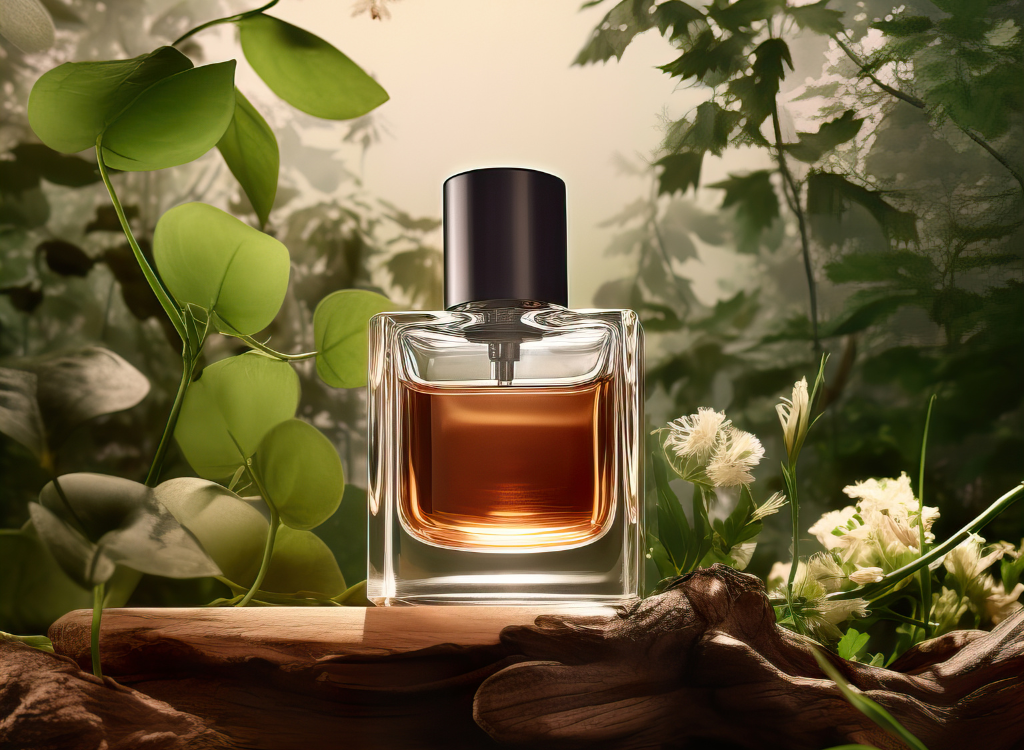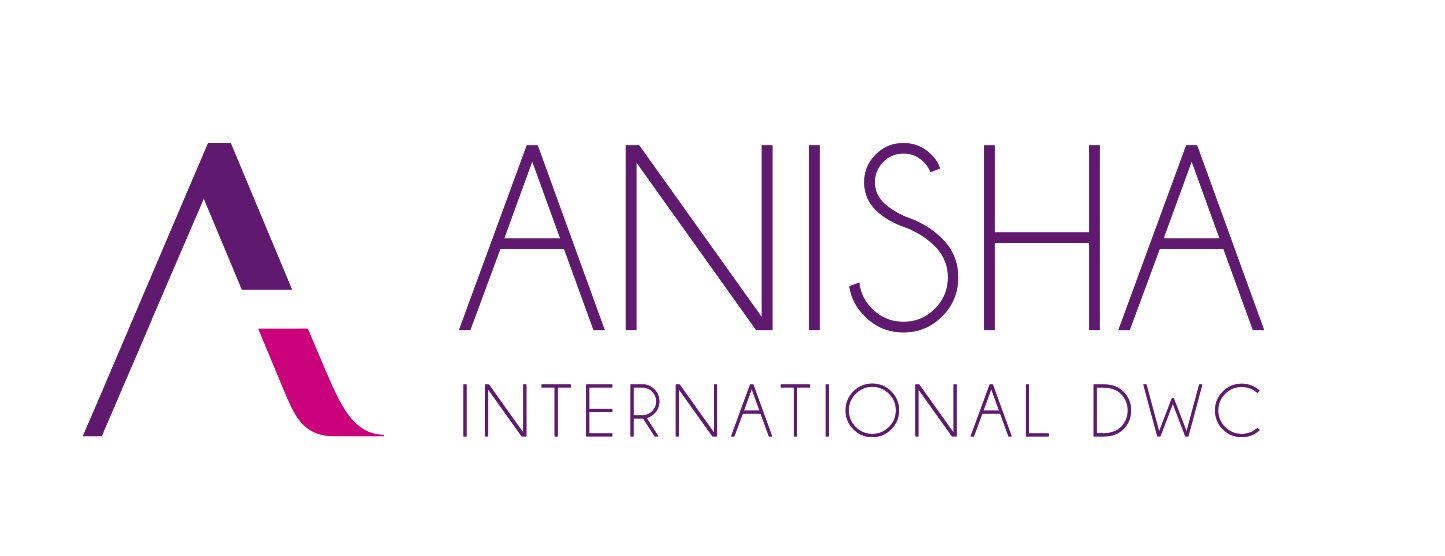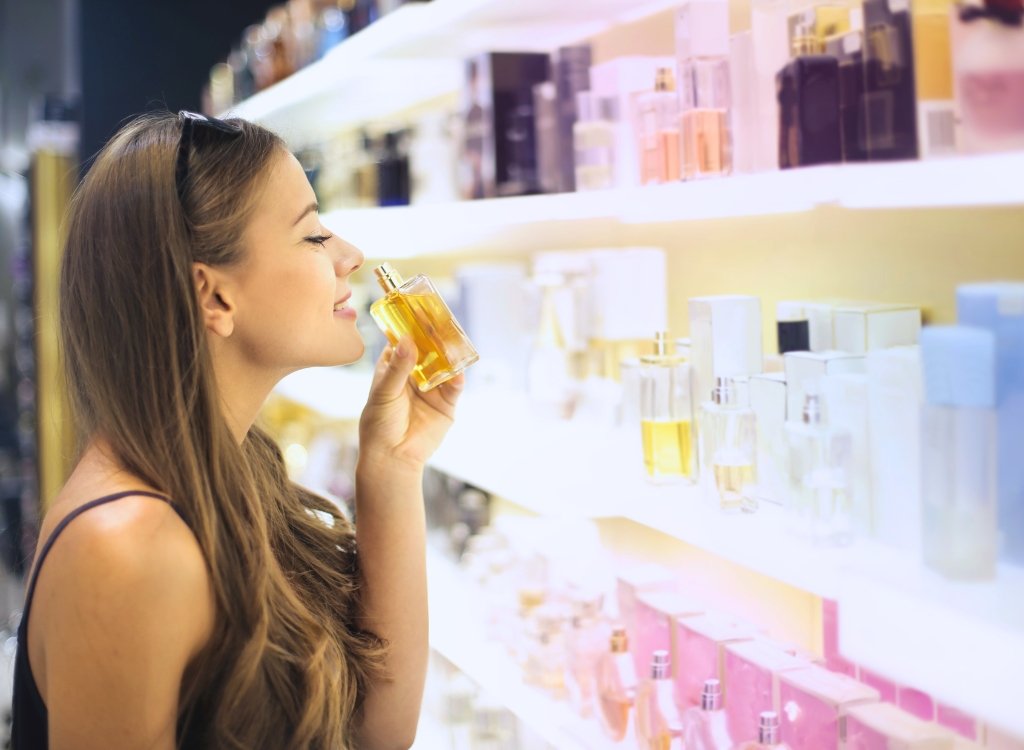Why is sustainability in perfumery important? Sustainability in perfumery has become increasingly important for younger consumers. This is the impetus for brands to innovate and adopt sustainable packaging, such as refillable perfume bottle options. Interestingly, most smaller brands have failed to rise to this challenge due to the increased cost and complexity of sourcing sustainable packaging. In contrast, some larger brands are investing in sustainable perfumery packaging for their new perfume launches. According to Mintel research, brands must keep their sustainability promises in order to maintain the trust of younger consumers. Which brands lead in sustainable perfumery? So which big names have been leading the way in sustainable perfumery packaging? Many brands have implemented refillable perfume bottle options for their fragrances to appeal to consumers that are more eco-conscious, and to be more considerate towards sustainability in perfumery. For example, Chanel has introduced refillable perfume options for some of its iconic perfumes. The Chanel No.5 L’Eau offers a refillable bottle option. Keep reading to explore more refillable perfume bottles from various brands. Refillable Perfume Bottles for Sustainability in Perfumery: Lancome Lancôme launched Idôle fragrance in an ultra slim, refillable bottle. La vie est belle is also available in a refill option. Refill stations have been set up in various stores, encouraging clients to bring the empty bottles for a refill. Guerlain Guerlain also considers sustainability in perfumery as it focuses on eco friendly packaging and refill stations. Guerlain’s iconic bee bottle , which is used for the Aqua Allegoria range, can be refilled at select boutiques. Lancome Idole Lancome La Vie Est Belle Guerlain Aqua Allegoria Le labo This is a great example of refillable perfume bottles; Le Labo customers can bring back their empty bottles for a refill to all le labo stores, ensuring the packaging is reused multiple times. Christian Dior The launch of Sauvage had sustainability in perfumery in mind, launching with a refillable perfume bottle. The bottle can be refilled with a specially designed refill canister, so it is not as sustainable as a refill in store, but more convenient for consumers. Hermes There are refill options available for its popular fragrances such as Terre d’Hermes. Offering refillable perfume bottle options adds to the brands elegance. Le Labo Dior Sauvage Terre D Hermes Cartier Cartier. There are refillable perfume bottle options for its high end fragrances. The brand manages to retain its luxury appeal while being environmentally friendly with its elegant refillable bottles. Maison Francis Kurkdijian Maison Francis Kurkdjian offers various refillable perfume bottle options for its luxury fragrances. Thierry Mugler Thierry Mugler is another brand that considers sustainability in perfumery. It is possible to refill Mugler perfumes in store as well as with the use of a refill kit at home. This makes the refillable perfume bottles accessible to clients. Armani Armani My Way is now available in a refill bottle which can be used to refill the original bottle. Kilian Paris Various Kilian Paris perfumes can be refilled at home using the bespoke refill kit. All of the big brands mentioned in this blog post are achieving greater sustainability in perfumery packaging. However, they have still only managed to make a small percentage of their products sustainable. What are the obstacles to achieving full sustainability? Sustainability in Perfumery Packaging: Overcoming the challenges. Material limitations. It can be difficult to match the aesthetic and functional properties of traditional packaging materials. Glass is heavy and energy intensive to produce. It is also difficult to add a large percentage of recycled glass into virgin glass, as this affects its strength. Biodegradable plastics may not be as durable and have the same look and properties as non biodegradable versions. Cost implications. Sustainable materials often cost more. For many brands the cost can be prohibitive. Biodegradable plastics cost about 50% more than normal plastics, FSC paper is around 20 percent more. Consumer habits. Many consumers are not ready for sustainable options. They do not want the extra work to hunt out refill stations. Some people want ease of use rather than refillable options. Sustainability in perfumery is not always a popular choice if it makes life more complicated. Regulatory challenges. Changing legislation packaging materials and waste management can create challenges for brands to overcome. How to launch a brand with Anisha’s sustainable packaging support Anisha collaborates with a wide network of suppliers to provide sustainable packaging solutions. If you want to take small steps toward sustainability, email our team at info@anisha.agency. For more insights check out our article ‘ Top 5 sustainable perfume brands’ […]
Sustainability in perfumery



